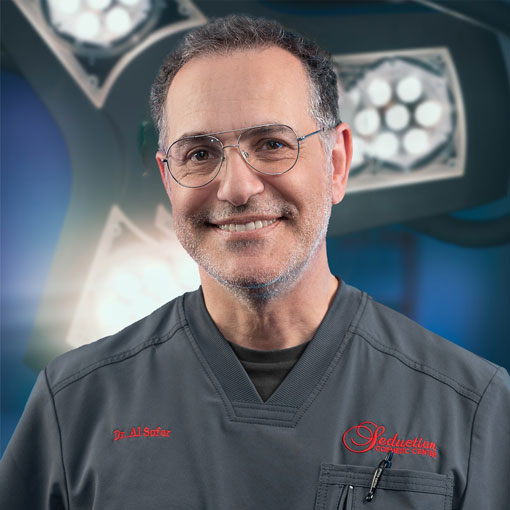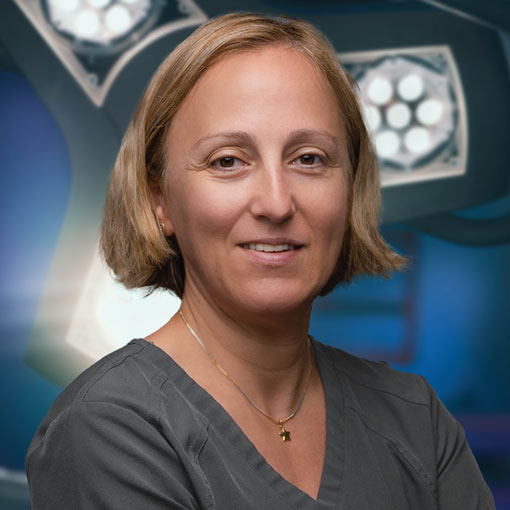
Rated 4.9/5 by satisfied clients, with natural-looking results and increased confidence.
Fat Transfer Surgery is a cosmetic procedure that is becoming increasingly popular among those who want to improve their appearance by transferring fat from one area of the body to another.
This procedure can be used to enhance the size and shape of various body parts, including the breasts, buttocks, hands, as well as to rejuvenate the face and reduce the appearance of scars and marks.
What is Fat Transfer Surgery?
Fat Transfer Surgery, also known as Fat Grafting, is a cosmetic procedure that involves removing fat from one part of the body and transferring it to another area where volume or contour is needed. The fat is typically taken from areas of the body where there is an excess, such as the abdomen, thighs, or buttocks, using Liposuction. The fat is then purified and processed before being injected into the desired area.
Fat Transfer Surgery is a versatile procedure that can be used to enhance various areas of the body, including the breasts, buttocks, hands, face, and scars or marks. By using the patient’s own fat, this procedure offers a natural and long-lasting alternative to synthetic fillers or implants.
In addition to improving aesthetics, Fat Transfer Surgery can also be used for reconstructive purposes. For example, it can be used to restore volume to areas that have lost fat due to injury or illness, or to improve the appearance of scars or deformities.
Areas for Fat Transfer
This versatile procedure that can be used to add volume to various areas of the body. Some of the most common areas for fat transfer surgery include:
- Fat transfer to your breasts (Breast Augmentation): Using fat transfer is a natural alternative to implants. It involves transferring fat from another area of the body to the breasts, resulting in a fuller and more youthful appearance. This technique is ideal for women who want to increase their breast size by one or two cup sizes.
- Fat transfer to your face: This procedure can help restore volume to the face, enhance facial contours, and reduce the appearance of wrinkles and fine lines.
- Scars and Marks: Fat transfer can be used to improve the appearance of scars by filling in the depressed areas and creating a smoother, more even skin surface.
- Fat transfer to your buttocks (Brazilian butt lift): Fat transfer can be used to enhance the shape and size of the buttocks, creating a more curvaceous and attractive figure.
- Fat transfer to your Hands: Fat transfer can be used to restore volume to the hands, which can give them a more youthful and plump appearance.
How does it work?
The procedure typically involves three main steps: harvesting, processing, and injection.
The first step is harvesting, where the surgeon uses Liposuction to remove fat from a donor area of the patient’s body, such as the abdomen, thighs, or buttocks. The fat is then processed to remove any impurities and excess fluids, leaving behind only healthy fat cells.
The final step is injection, where the purified fat is injected into the desired area using a special needle or cannula. The surgeon will carefully sculpt and shape the area to achieve the desired result.
The transplanted fat cells establish a new blood supply and integrate with the surrounding tissues over time, leading to long-lasting and natural-looking results. While not all of the fat cells will survive the transfer, a significant portion will, leading to permanent volume enhancement in the treated area.
The amount of fat transferred and the number of injections needed will depend on the individual patient’s needs and goals. The procedure can take several hours to complete, depending on the extent of the fat transfer.
Who is a Candidate for Fat Transfer Surgery?
Fat transfer is an ideal procedure for anyone who wants to enhance their appearance by using their own body fat to add volume to certain areas of their body. However, not everyone is a suitable candidate for the procedure.
Generally, good candidates for fat transfer surgery are individuals who:
- Want to improve the appearance of their face, breasts, buttocks, or hands.
- Have enough body fat in donor areas such as the abdomen, hips, or thighs.
- Are in good health with no underlying medical conditions that could increase the risks of surgery.
- Are non-smokers or willing to quit smoking at least a few weeks before and after the procedure.
- Have realistic expectations about the results of the surgery.
It’s important to note that every patient’s situation is unique and the best way to determine if you’re a good candidate for fat transfer surgery is to schedule a consultation with a qualified plastic surgeon.
During the consultation, the surgeon will evaluate your medical history, examine the areas you wish to enhance, and discuss the potential risks and benefits of the procedure with you.
How Much Does Fat Transfer Surgery Cost In Miami?
The cost of Fat Transfer Surgery in Florida ranges from $3,500 to $15,000. The average price of a Fat Transfer can vary depending on type of procedure, the amount of fat transferred and the areas of fat harvesting, the doctor, the clinic, etc.
Benefits of Fat Transfer Surgery
Fat Transfer Surgery offers a range of benefits for both cosmetic and reconstructive purposes. Some of the key benefits of this procedure include:
- Natural-looking results: By using the patient’s own fat, Fat Transfer Surgery provides natural-looking and long-lasting results, with minimal scarring.
- Minimally invasive: Fat Transfer is a minimally invasive procedure, resulting in a quicker recovery time and fewer complications.
- Versatile: This surgery can be used to enhance or restore volume to various areas of the body, including the face, breasts, buttocks, and hands, making it a versatile and comprehensive procedure.
- Dual benefits: In addition to providing volume enhancement, Fat Transfer also involves Liposuction to remove unwanted fat from a donor area of the patient’s body, providing a dual benefit of body contouring and enhancement.
- Low risk of complications: Since the procedure uses the patient’s own fat, there is a low risk of allergic reactions or rejection, and the procedure has a low rate of complications overall.
- Cost-effective: Compared to other procedures that use synthetic implants or fillers, Fat Transfer Surgery can be a more cost-effective option in the long run, as the results are long-lasting and do not require repeated treatments.
Recovery Process
After a Fat Transfer Surgery, it is normal to experience some swelling, bruising, and discomfort in the treated areas. The recovery process will depend on the extent of the procedure and the areas that were treated. However, following the proper post-operative instructions can help speed up the recovery process and ensure the best possible results.
During the first week after the surgery, it is important to get plenty of rest and avoid any strenuous activities. You should also avoid sitting or lying down on the treated areas for prolonged periods of time. Your doctor will provide you with a compression garment to wear, which will help reduce swelling and aid in the healing process.
You may experience some pain and discomfort during the first few days after the surgery, but your doctor will prescribe pain medication to help alleviate any discomfort. It is important to take all prescribed medication as directed.
During the second week, you can gradually resume your daily activities, but still, avoid any vigorous exercise or heavy lifting. It is also important to avoid exposing the treated areas to direct sunlight.
By the third week, most of the swelling and bruising should have subsided, and you can begin to see the final results of the fat transfer surgery. However, it may take up to six months for the swelling to completely resolve and for the final results to be fully visible.
It is important to attend all follow-up appointments with your doctor to monitor your progress and ensure proper healing. If you experience any unusual symptoms, such as fever or excessive pain, contact your doctor immediately.
By following your doctor’s post-operative instructions and taking proper care of yourself during the recovery process, you can help ensure the best possible results from your fat transfer surgery.
What are the risks?
Like any surgical procedure, fat transfer surgery carries some risks. While serious complications are rare, it’s important to be aware of the potential risks before deciding to undergo the procedure.
Some of the risks associated with fat transfer surgery include:
- Infection.
- Bleeding.
- Fat necrosis.
- Irregularities.
- Anesthesia complications.
It’s important to discuss these risks with your surgeon and make sure you understand them fully before deciding to undergo fat transfer surgery. By choosing a qualified and experienced surgeon and following all pre- and post-operative instructions, you can minimize the risks and achieve safe and successful results.
Best Fat Transfer Miami Surgeons
The Best Fat Transfer Miami surgeons can be found here At Seduction Cosmetic. We have a team of doctors to give you the highest safety standards and optimal results for your body.
Fat Transfer surgery near me, we are waiting for you
Come visit us at our Plastic Surgery Center to experience what sets us apart from other companies.
We are located in the heart of Miami on the emblematic Calle 8.
Our Location:
4950 SW 8th St Coral Gables, FL 33134
Office Hours:
Monday trough Friday 9:00am – 6:00pm
Saturday 9:00am – 2:00pm
Sunday closed
Phone:
(305) 406-9055
Schedule your free consultation
The first step in getting a Fat Transfer surgery in Miami is to schedule a consultation with us. This consultation will be free and you will have the opportunity to ask any questions you have about the procedure before making any decisions.




